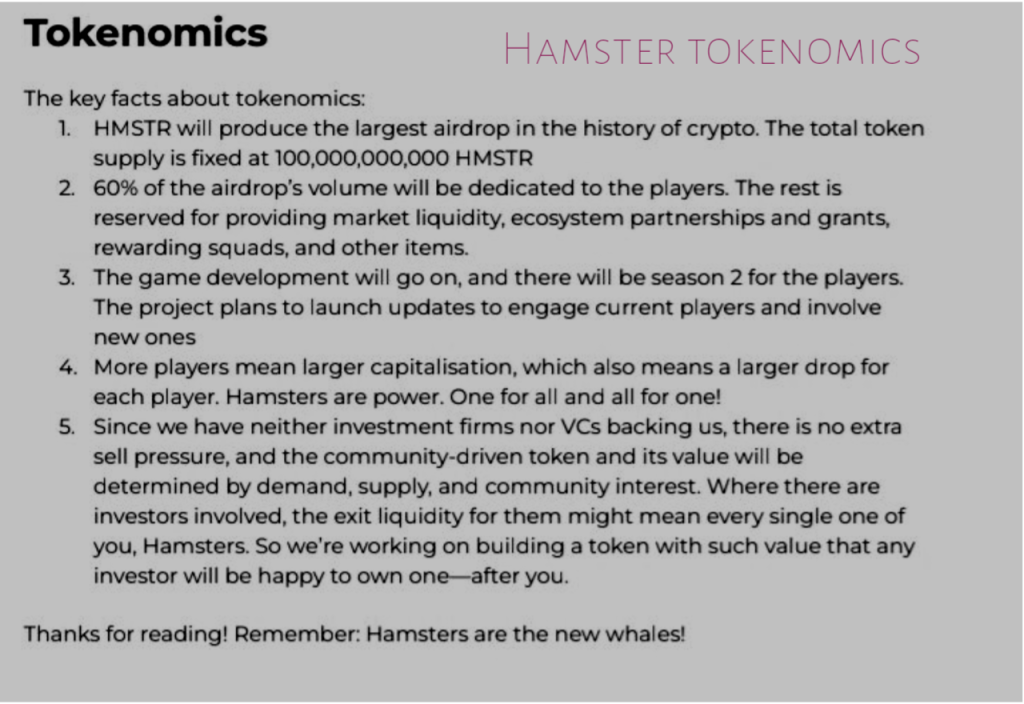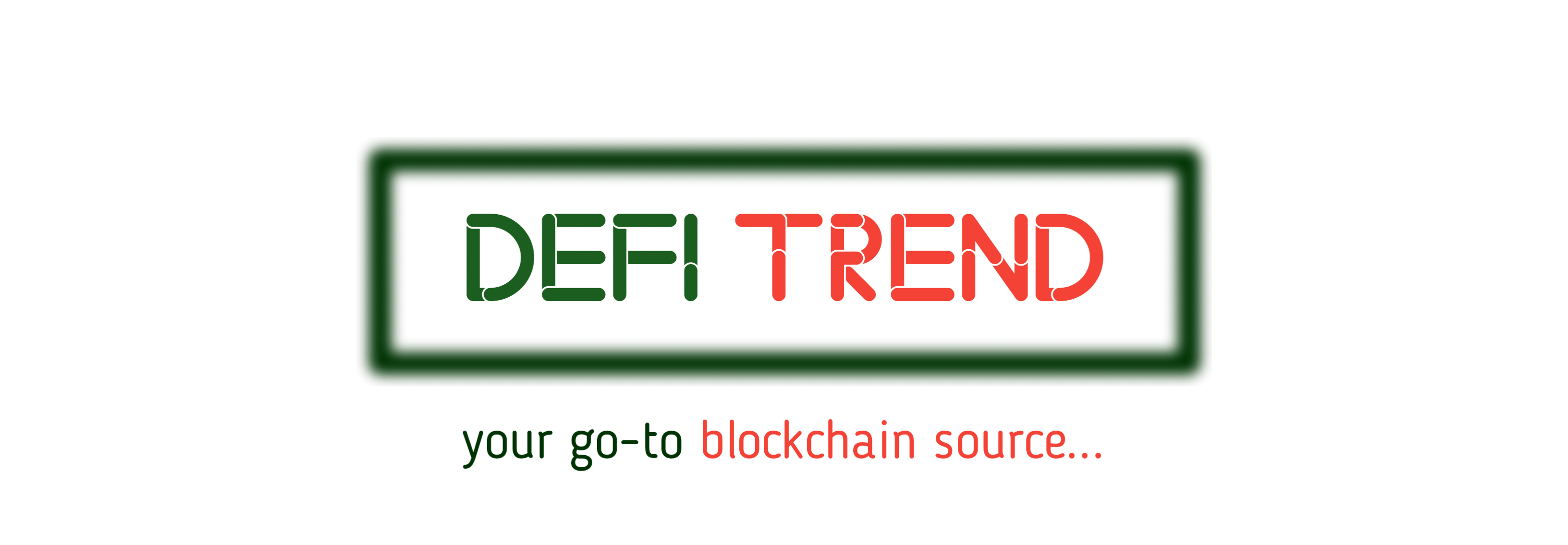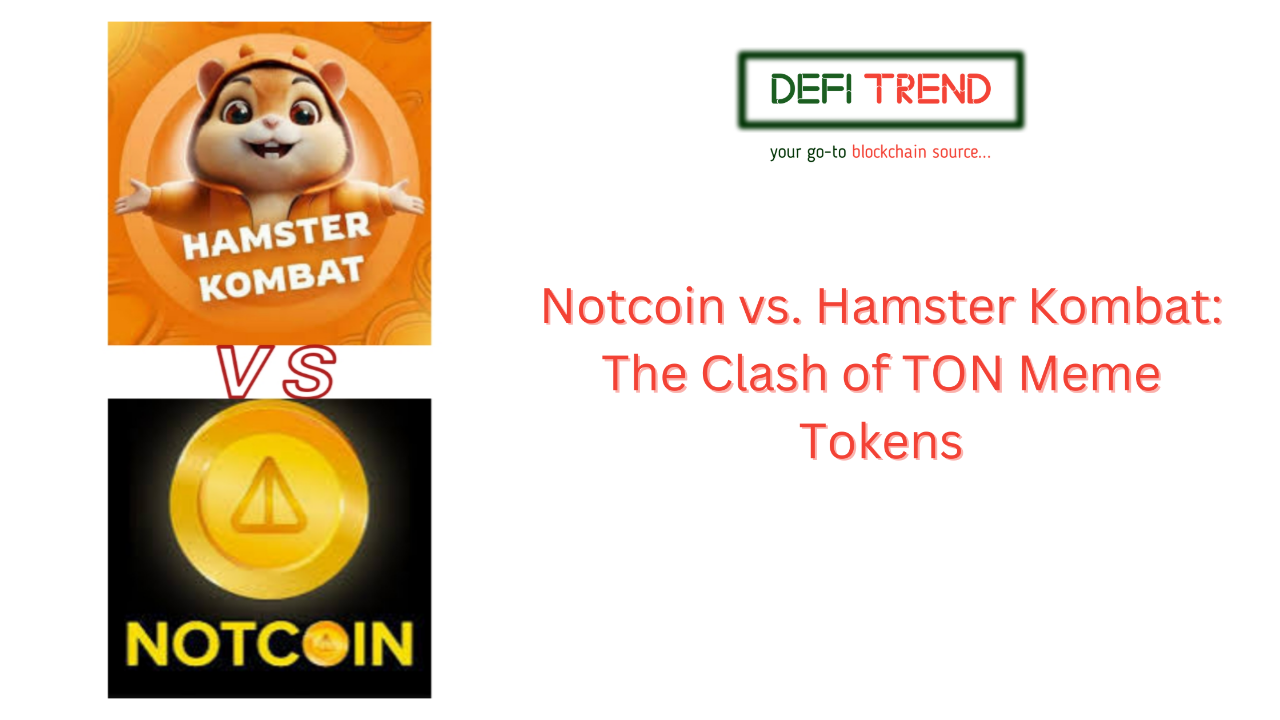The launch of the Notcoin game opened a new door of possibilities on Telegram. By leveraging the platform’s massive user base, Notcoin gained traction almost instantly and launched within three months. The rapid rise in popularity earned it the nickname “king of TON meme tokens.” As excitement grew, millions of new users flocked to Telegram, hoping to benefit from upcoming airdrops. Among these newcomers is Hamster Kombat, another promising project with a native token called Hamster ($HMSTR). Interestingly, there are both similarities and differences between Notcoin ($NOT) and Hamster that have prompted speculation about whether Hamster could one day dethrone Notcoin as the king. In this article, we’ll delve into the parallels and differences between the two tokens and evaluate their potential future performance.
Hype and Userbase
Notcoin’s initial launch was accompanied by substantial hype, with over 20 million participants actively engaging with the project. As the launch date approached, even more users rushed to the Telegram bot, leading to a surge in the userbase even after the launch. The successful debut of Notcoin generated further anticipation for upcoming games and projects, with Hamster being among them. This has worked in Hamster’s favor, as it managed to attract a staggering 112 million users in less than six months—a figure far surpassing Notcoin’s initial numbers. Hamster’s rapid growth is a testament to the growing interest in Telegram-based meme tokens and its potential to rival Notcoin.
Total Supply and Initial Market Cap

Notcoin and Hamster have similar token supplies, with Notcoin boasting a total supply of 102.5 billion tokens, while Hamster’s supply stands at 100 billion. Both tokens also had an initial starting price close to $0.01, making them closely comparable in terms of their initial market capitalization. This nearly equal supply and starting price sets the stage for a head-to-head comparison of their future price directions.
Tokenomics

The differences between Notcoin and Hamster lie mainly in their tokenomics and distribution models. At launch, all of Notcoin’s total supply was already in circulation. Any future giveaways or airdrops are intended to be sourced through buybacks from the market. This approach minimizes inflation and helps stabilize the value of the token, as additional tokens are not being regularly introduced into circulation.
Hamster, on the other hand, has taken a different approach. Not all of Hamster’s tokens were released at launch, and there are still large quantities of tokens held by developer wallets. The gradual release of these tokens over time, coupled with the upcoming “Prelude” and “Season 2” of the Hamster Kombat game, suggests that more tokens will be airdropped in the future. While this strategy keeps users engaged and encourages ongoing participation, it also raises concerns about potential sell pressure as the circulating supply increases. The gradual release of tokens and periodic airdrops could lead to inflationary effects, which might impact the value of the token negatively.
Holders and the Community Effect
The community-driven nature of both Notcoin and Hamster plays a significant role in determining their future success. With such a large number of users participating in both projects, the holder base is important to sustaining value and promoting long-term growth. Notcoin benefited from the strong anticipation during its early days, which created a loyal holder base that helped establish its dominance in the TON ecosystem. Hamster, benefiting from Notcoin’s success, has attracted an even larger user base—potentially positioning itself as a serious competitor.
However, Hamster’s dependence on future airdrops and a slower release schedule could either be the catalyst for it’s sustained growth or lead to value dilution over time. It remains to be seen whether its strategy of keeping users engaged with gradual token releases will be more beneficial than Notcoin’s full-circulation model.
Conclusion
The rivalry between Notcoin ($NOT) and Hamster ($HMSTR) exemplifies the competitive nature of meme tokens within the TON ecosystem. Both projects have seen considerable success, but their tokenomics set them apart. Notcoin’s all-in approach, with its entire supply already in circulation, provides a more predictable value trajectory, while Hamster’s gradual release strategy could lead to periods of increased sell pressure, potentially hindering its growth.
Ultimately, Notcoin’s early dominance and stable tokenomics give it an advantage in the short term, while Hamster’s larger userbase and future airdrops could either propel it to the top or create challenges that impact its valuation. It will be fascinating to see whether Hamster can leverage its massive user base and ongoing releases to dethrone the current “king of TON meme tokens,” or if Notcoin’s solid foundation will help it maintain its reign. For now, the two tokens remain closely watched by investors and enthusiasts, as they shape the future of Telegram-based crypto projects.

